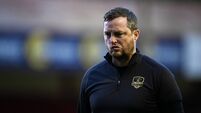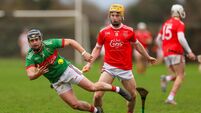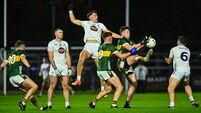When the head rules the heart...
DURING the Saracens media day at St Albans before their Heineken Cup semi-final duel with Munster back in 2008, Richard Hill’s sizeable frame came into view amid a jarring contrast.
Here was a literal and metaphorical giant of world rugby, in the twilight of his career, afflicted with a permanent limp — the result of nine knee operations, including two reconstructions — yet he couldn’t have been hungrier to tear into Munster.














